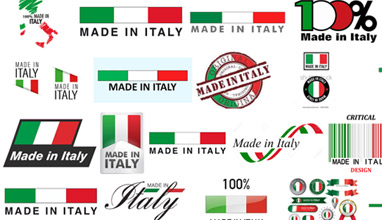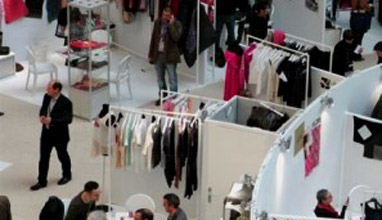The Rise of 'Made in France': How Local Sourcing Affects Consumer Choices

The "Made in France" label has seen remarkable growth in the fashion industry and beyond. It is no longer just a mark of national pride—it has become a real differentiator for brands. Behind this label lies a growing demand for quality, transparency, ethics, and sustainability. For both consumers and professionals, local sourcing and artisanal production are now strategic tools—both commercially and in terms of compliance.
Regulatory and Compliance Advantages
Local manufacturing allows brands to better control their supply chain, which is essential given the strict regulatory requirements in France and across Europe. Standards around product labeling, safety, and environmental responsibility are high, and domestic production helps ensure they are met.
The Origine France Garantie label fits within this framework. Unlike the more general “Made in France” label, this certification guarantees that more than 50% of the unit cost is acquired in France and that the product takes on its essential characteristics within French territory. It gives consumers clear proof of a product’s local origin, strengthening trust and brand credibility.
A Growing Competitive Edge
As consumers become more mindful of the environmental impact of their purchases, local production becomes a powerful selling point. Reduced carbon emissions from transportation, the promotion of traditional French craftsmanship, and ethical labor practices all weigh heavily in the purchase decision.
Brands that commit to local sourcing can also communicate with greater transparency. They create a closer connection with their audience and tell an authentic story rooted in place and shared values. This storytelling, combined with a perception of higher quality, allows them to justify higher prices while fostering customer loyalty.
The Emergence of a New, Responsible Luxury
The rise of "Made in France" is not limited to high-end brands. It also appeals to younger labels seeking to stand out in a saturated market by emphasizing small-scale, thoughtful production—often through short supply chains. This model resonates with a new generation of consumers who care deeply about the origins of what they buy.
In the luxury sector, the trend reflects a return to roots. Heritage houses like Hermès or Chanel have long celebrated French craftsmanship. Today, even the biggest fashion maisons are leveraging their local identity to reinforce their image, meet societal expectations, and remain competitive on a global scale.
Conclusion: A Long-Term Positioning Strategy
Adopting a “Made in France” approach is more than placing a label on a product—it’s a holistic commitment that impacts how a brand produces, communicates, and positions itself. At the intersection of regulation, ethics, and branding, local sourcing provides a coherent response to today’s market challenges. More than a trend, it marks a lasting shift in how fashion is consumed and valued.
Hits: 6081 | Leave a comment











 Rules for EU_m.jpg)








